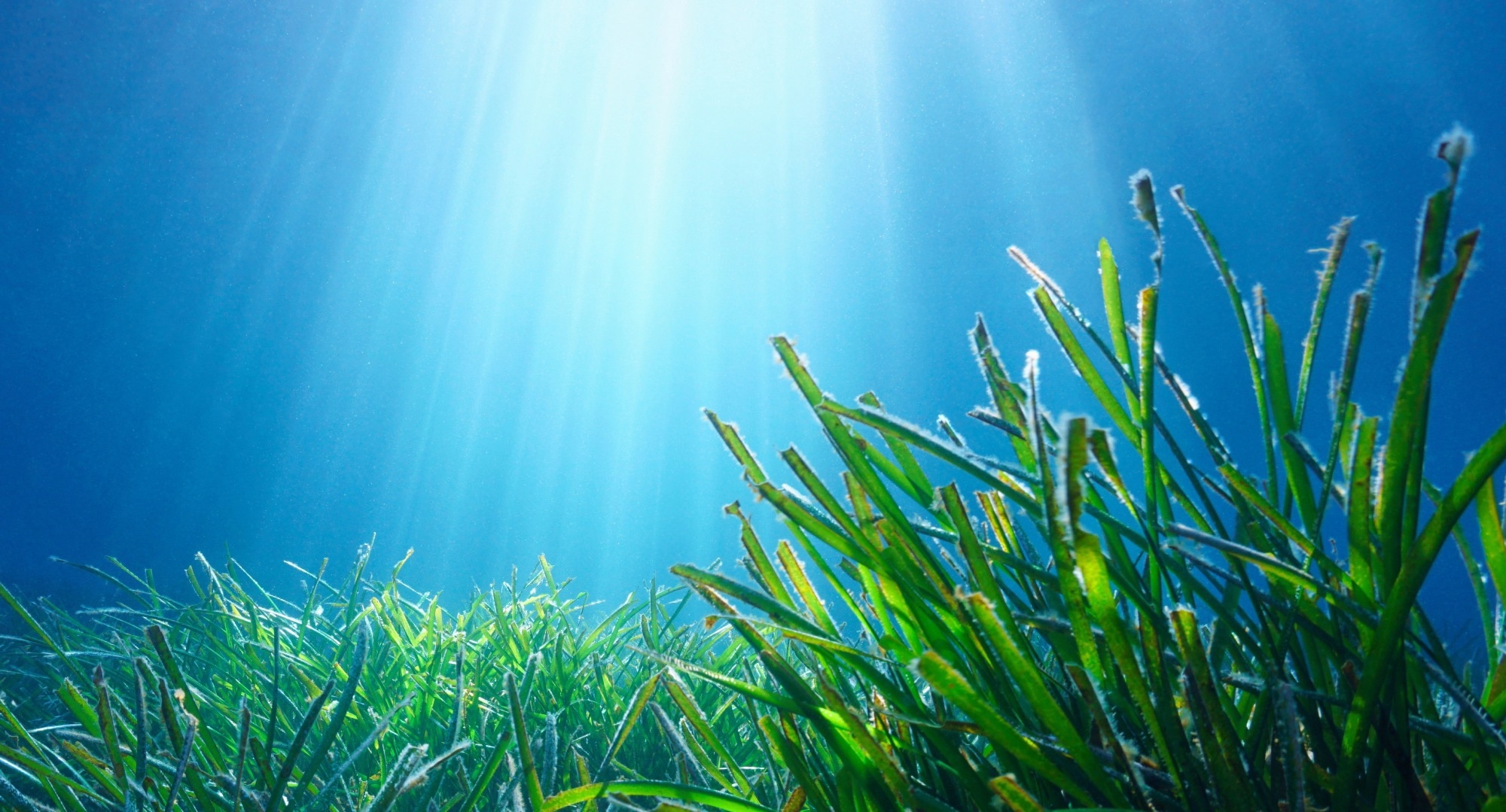In an article published in the journal Nature, researchers presented an operational approach using deep-learning (DL) artificial intelligence (AI) models and Sentinel-2 satellite data to map and monitor Mediterranean seagrass meadows, specifically Posidonia oceanica (P. oceanica), which are threatened by human activity and climate change.
 Study: AI-Enhanced Monitoring of Mediterranean Seagrass for Conservation and Climate Resilience. Image Credit: Damsea/Shutterstock
Study: AI-Enhanced Monitoring of Mediterranean Seagrass for Conservation and Climate Resilience. Image Credit: Damsea/Shutterstock
The approach included applying atmospheric correction, noise-removing filters, and ancillary data to train models that achieved high accuracy in mapping the seagrass. This could support conservation efforts and enhance the protection of seagrass meadows.
Background
Seagrasses, essential marine flowering plants, face substantial decline due to human activities and climate change. Globally, seagrass areas have significantly decreased over recent decades, with the Mediterranean seascape losing a considerable portion of its P. oceanica meadows since the 1960s. These meadows play a crucial role in coastal and aquatic ecosystems, providing habitat for diverse marine species and acting as a significant carbon sink.
Previous research explored the use of remote sensing to map and monitor these meadows, showing its potential in capturing seagrass extent and dynamics. However, many earlier studies served as proof of concept, struggling to support continuous monitoring due to computational constraints and a lack of efficient, validated methods for large-scale mapping. This paper introduced an innovative approach to fill these gaps, employing DL-based AI models and Sentinel-2 satellite data. This new method enhanced the mapping and monitoring of P. oceanica, achieving high accuracy and efficiency.
By providing a scalable and reproducible pipeline, the study supported multi-temporal monitoring of seagrass meadows and aided conservation efforts. This approach empowered managers and policymakers to make informed decisions for the long-term preservation and management of these vital ecosystems, contributing to the protection and restoration of Mediterranean seagrass habitats.
Efficient Mapping of P. oceanica Meadows Using AI and Remote Sensing
The authors introduced an operational pipeline within a scientific exploitation platform (SEP) for fast and reliable mapping of P. oceanica meadows. The SEP provided the necessary computational and storage resources for managing Earth observation datasets within a distributed environment. This platform included data acquisition, preprocessing, AI-based DL neural networks (DLNN), and post-processing modules.
Data acquisition involved downloading Sentinel-2 Level-1C data from Google Cloud storage and obtaining bathymetry data from the European Marine Observation and data network (EMODnet). In-situ data used for developing and training the DLNN model were sourced from local government databases in the Balearic and Maltese Islands. Pre-processing ensured high-quality benthic maps by applying atmospheric correction using the ACOLITE processor, a robust method for mitigating noise and sun glint effects.
After data inspection and quality checks, pixel-by-pixel median stacking was used to enhance image quality and reduce artifacts. The AI-based DLNN approach tackled the binary classification problem of identifying P. oceanica. The training involved forward propagation and backpropagation processes to recognize patterns and optimize weight values. The model was trained with a mini-batch processing approach to improve efficiency.
In post-processing, a three-by-three median filter was chosen to reduce noise and preserve the seagrass patch shape. The final maps were assessed for accuracy using geo-referenced in-situ validation data. Overall, the SEP pipeline and DLNN model provided a scalable and efficient approach for mapping and monitoring P. oceanica meadows across large regions.
Results and Discussions
In 2021, the researchers detected approximately 577.29 square kilometers of P. oceanica in the Balearic Islands and 74.27 square kilometers in the Maltese Islands. Using a pixel-by-pixel classification approach, they achieved a spatial resolution of 10 meters and incorporated in-situ and bathymetry data to train the DLNN model.
The model's performance was evaluated using metrics such as overall accuracy, user's accuracy, and producer's accuracy, yielding promising results ranging from 72% to 92%. The study identified challenges such as swell noise in Ibiza and spectral signals in the southeastern part of Malta, which might indicate the presence of other seagrass species or gaps in the in situ database. Nonetheless, the model exhibited reliable mapping capabilities even without in-situ data, providing a broad overview of the meadows' spatial extent.
The authors emphasized the method's potential for long-term monitoring of P. oceanica in the Mediterranean Sea, offering a cost-effective and efficient approach using open-source software and freely available satellite data. This method supported the conservation and sustainable management of seagrass meadows, helping stakeholders identify hotspots for protection and restoration. Moreover, the researchers highlighted the utility of their approach in tracking the impact of climate change and other environmental stressors on seagrass ecosystems, contributing to the broader understanding of marine conservation and management.
Conclusion
In conclusion, the researchers introduced an innovative method for mapping and monitoring P. oceanica meadows in the Mediterranean using DL AI models and Sentinel-2 satellite data. The operational pipeline achieved high accuracy in mapping seagrass meadows and supported conservation efforts. By providing scalable, efficient, and cost-effective methods, the approach aided long-term monitoring of seagrass and supports stakeholders in making informed decisions for conservation and restoration. This method could track climate change impacts and environmental stressors on seagrass, contributing to marine conservation and sustainable ecosystem management in the Mediterranean.